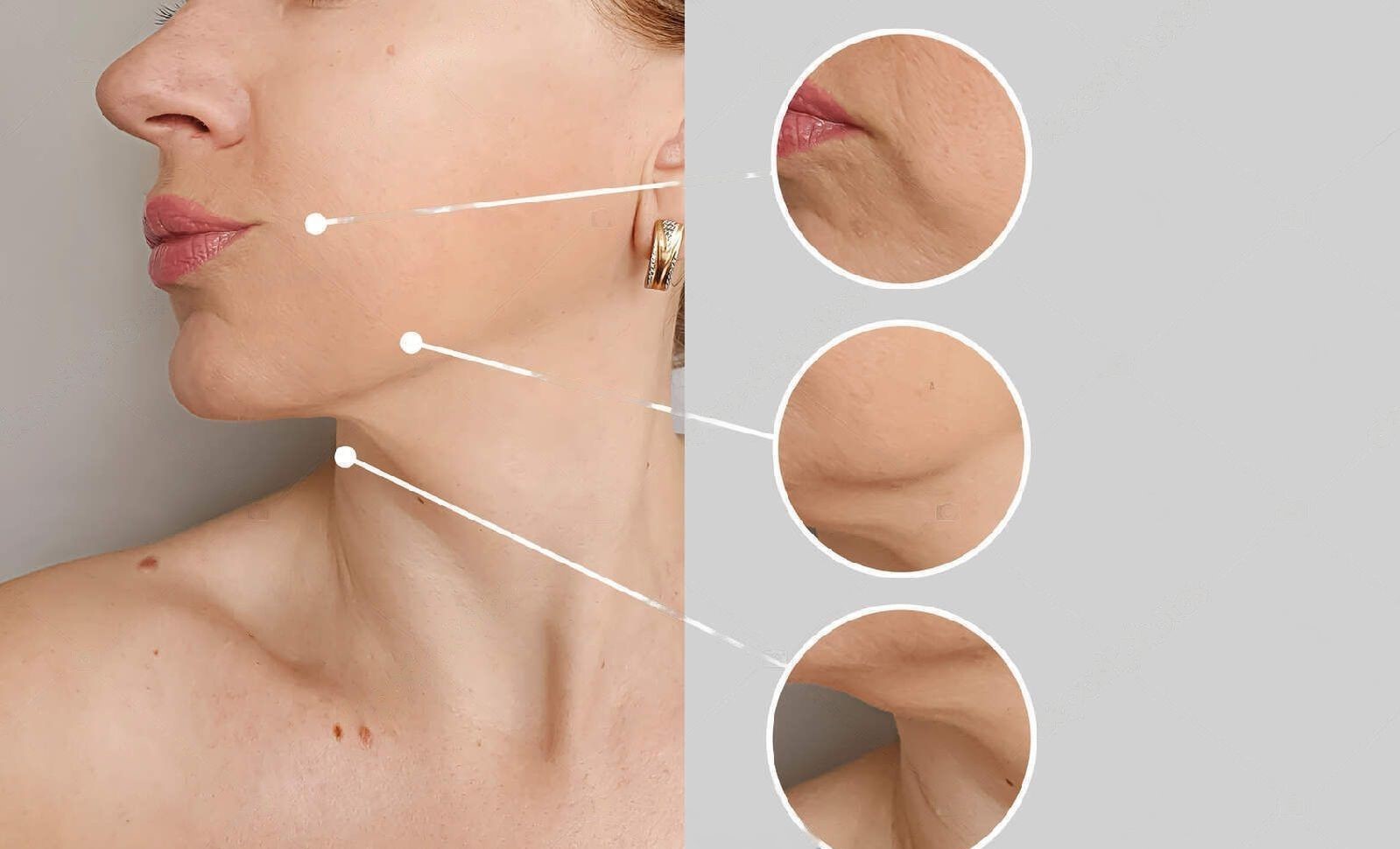Breast cancer is the most common cancer in female subjects and the condition is diagnosed in one of every eight women Although it is possible to early diagnose and cure the disease with social awareness projects and advancements in medicine, most women may feel broken or unhappy, if it is necessary to remove the breast. Breast reconstruction implies creating a similar breast using various methods, after the breast is surgically removed due to cancer.
Breast reconstruction requires multi-disciplinary approach. Before breast is removed, reconstruction should be included in the first-line treatment immediately after the disease is diagnosed. Shortly, two differing timing is preferred, namely immediate or delayed reconstruction. The decision on timing is based on general health status of the patient and the stage of the cancer.
Immediate Reconstruction is that plastic surgery team gets involved in the surgery and reconstructs the breast, after the breast is surgically removed due to an early stage breast cancer. This option offers some advantages, such as no necessity of a second surgery and most importantly, elimination of feeling of loss of an organ and less psychological trauma due to immediate reconstruction of the breast. Not only cancerous tissue is removed, but also a new breast is constructed in the same session.
Delayed Reconstruction breast reconstruction is jointly postponed by medical oncologist, general surgeon and plastic surgeon due to need to extra postoperative treatments, such as chemotherapy and radiotherapy. It is necessary to take location of the cancer under control and to complete additional treatments in order to reconstruct the breast.
Intraoperative Period of Breast Reconstruction
Operative removal of breast and reconstruction of breast require completely different specialties. Reconstruction of breast should not be performed by a general surgeon, but aesthetic and plastic surgeon. Patients have right to question and should request information about what kind of reconstruction will be performed.
Surgery plans are made with reference to general status of the patient, effects of radiotherapy and psychological state of the patient. Either breast implants or own tissues of the patient can be used.
When the final decision is made, it is necessary to consider whether there is vascular damage in breast secondary to radiotherapy, patient has comorbidities, such as diabetes and heart disease, and patient smokes or not. Flaps or grafts can be obtained from various body regions, such as back, tummy, hip and inner leg.
Abdomen or tummy is the most commonly preferred region. For women with history of delivery, who have fat deposition and sagging in tummy, skin and fat tissue can be obtained from abdomen and used for reconstructing the breast. The procedure is similar to an abdominoplasty and excessive fat tissue is transferred for breast reconstruction. Microsurgery methods can be used for this transfer. Thus, abdominoplasty is performed while breast is reconstructed.
In simultaneous reconstructions, prosthesis can be placed beneath the muscle tissue since breast tissue remains intact. In delayed reconstructions, on the other hand, tissue expanders are placed to gain skin elasticity, followed by prosthesis implantation.
Reconstruction intends a repair that results in an outcome very similar to the tissue lost. The first stage is to create the breast that is lost on the anterior chest wall. At the second stage, nipple is formed on the reconstructed breast, which is resembled to the native breast. At the next stage, it is planned to make nipple and areola appear brown in color.
Who can have a Breast Reconstruction?
Every patient diagnosed with breast cancer or having history of mastectomy can present to a plastic surgeon for breast reconstruction with an appropriate method, unless preoperative workup shows a contraindication. Breast reconstruction should be performed by a plastic, aesthetic and reconstructive surgeon who is a specialist in the field.
Similar to all other surgical procedures, this surgery may be associated with general problems. The risk is slightly high for patients who smoke or have a systemic problem, such as diabetes, heart disease etc. In surgeries that patient’s own tissue is used, circulation problems in the transferred tissue and partial or complete tissue losses can be seen, albeit rarely. Therefore, secondary options should be taken into consideration while surgeries are planned.



